Hello! My name is Lady Ailis inghean Ui Riagain and I hail from the Barony of the Sacred Stone. I write to share with you not only my love of orchids but the research I have started working on regarding these beautiful plants. What started out as someone giving me an orchid that they were going to throw away since the flowers fell off, has turned into a new hobby of mine. Currently I have 28 orchids of varying species in my collection. My goal is to share my research with you across multiple newsletter issues with various points of research I’ve discovered along the way.
When starting my research on orchids, my thought process went immediately to the trade routes from the tropical areas of Southeast Asia to various parts of the world. What I’ve learned so far has been quite interesting and has definitely opened my eyes quite a bit! There are many fascinating points regarding the history of orchids, but what really intrigued me when I first started my research is that orchids have been dated back to at least 58 and 37 million years ago!!! Sometime in the early 2000s a piece of amber was found with a female fungus gnat preserved inside. Researchers discovered that the fungus gnat, Bradysia, had pollen on its hind leg that came from a long since extinct orchid called Succinanthera Baltica. Orchid lineage was well established in the Eocene epoch and it’s likely that lineages of orchids extend back further into the Cretaceous period which was between 146 and 65 million years ago. The fossil was found on the Samland Peninsula which is part of modern-day Kaliningrad, Oblast, Russia, on the southeast shore of the Baltic Sea. It has long since been difficult to establish a timeline of when orchids first appeared on earth because of the environments they grew in. Orchids grew in damp environments, which prevented them from preserving like other fossils.
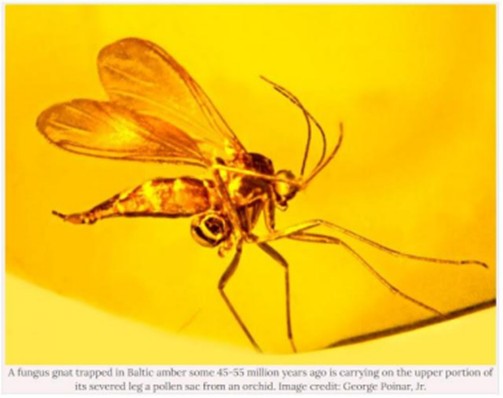
Another piece of amber was found in the Dominican Republic that had an extinct stingless bee trapped inside. The stingless bee, Proplebeia dominicana, had pollen on its body from an extinct orchid called Meliorchis caribea which has been dated back to the early to middle Miocene epoch. The Proplebeia dominicana is closely related to the modern bee, which is neat since I’m also a beekeeper. This specimen was found in 2000 in a mine located east of Santiago, Dominican Republic.
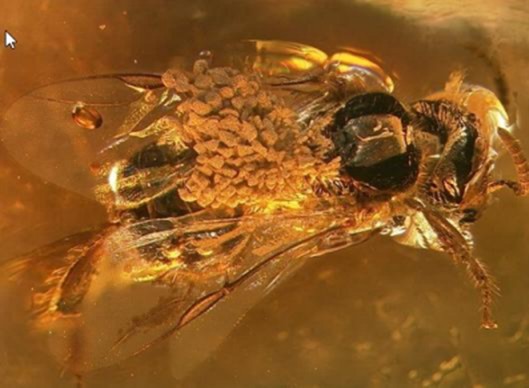
To get an idea of where these fossils are dated back to, click over to the Encyclopedia Britannica’s Geologic timeline page: https://www.britannica.com/topic/How-Old-Is-Earth. Key points to look for are the Eocene, Miocene, our current Epoch, Holocene and the Cretaceous Period.
The closest living relatives that we have to these two extinct orchids come from the Epidendrae tribe (extinct orchid Succinanthera Baltica) and Ligeophila Longibracteata (extinct Meliorchis caribea) which is a type of terrestrial orchid. Ligeophila Longibracteata is distributed throughout Brazil and from the south of Mexico up to Bolivia, and can grow from sea level up to nearly 2000 feet in elevation. Orchids that are in the Epidendrae tribe have over 6000 species. One of the more commonly known or recognized orchids in this species is the Cattleya orchid. Cattleya orchids have been commonly used to create corsages in the floral industry.
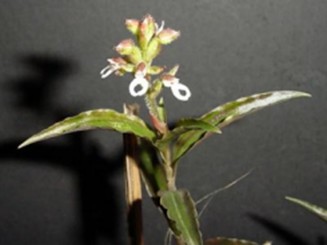
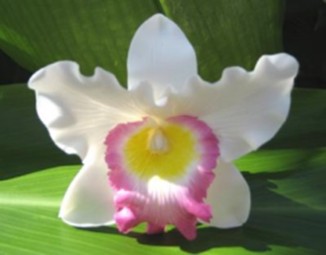
So how do I bring this back around to my orchid collection? I currently have two Cattleya orchids in my collection that I bought as “bag babies” from Lowe’s Home Improvement. I’m going into nearly year two with them and they still do not have any blooms. I’ve read that it can take anywhere between three and seven years for a Cattleya to bloom, given the right conditions.
I also have two Jewel orchids in my collection as well. The Jewel orchid that ties into the closest living relative of the Meliorchis caribea, is only related to Ligeophila Longibracteata, through the subtribe Goodyerinae and that’s my Ludisia discolor. Ligeophila Longibracteata to my knowledge isn’t sold anywhere. My other Jewel orchid is part of the tribe Cranichideae which is what tribe my Macodes petola is in. The Ludisia discolor, Macodes petola, and Cattleya orchids are much easier to obtain and add to anyone’s orchid collection. Hopefully in due time my Cattleya orchids will bloom and I can finally see what they look like when in bloom (I’ve only seen images of the blooms). The Macodes petola is endemic to Southeast Asia which includes Malaysia, New Guinea, Vanuatu, the Philippines and
Sumatra. My Ludisia discolor is endemic to Southern China, Northeast India, Thailand, Vietnam, the Philippines, Malaysia, Indonesia, and Myanmar.
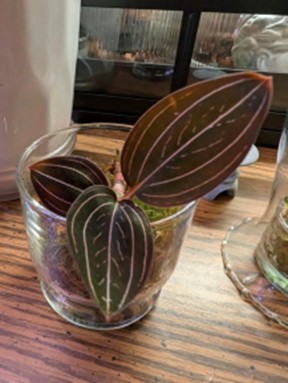
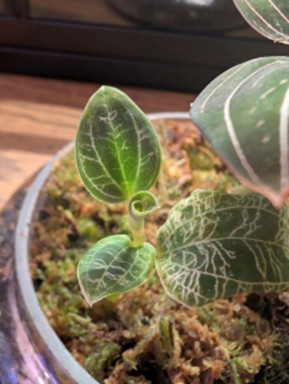
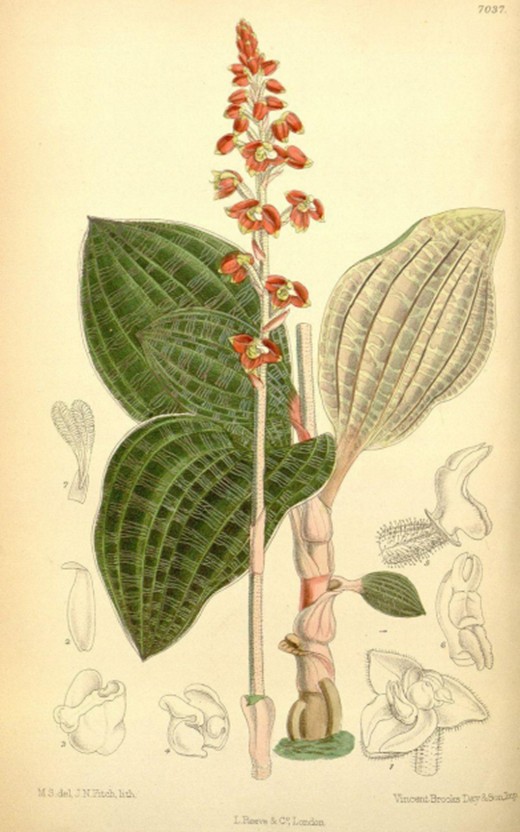
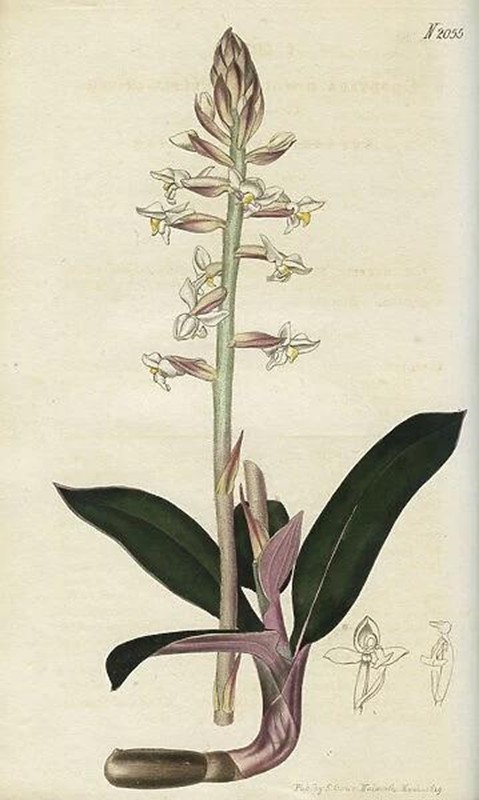
Sources:
https://news.oregonstate.edu/news/researchers-identify-evidence-oldest-orchid-fossil-record
https://www.sci.news/paleontology/orchid-baltic-amber-04841.html
https://www.atlasobscura.com/articles/amber-orchid-pollen
https://www.sciencenews.org/article/cretaceous-corsages-fossil-amber-suggests-antiquity-orchids
